Today I will show you exactly how to rank #1 on Google. This helps you get tons of visitors to your website—passively.
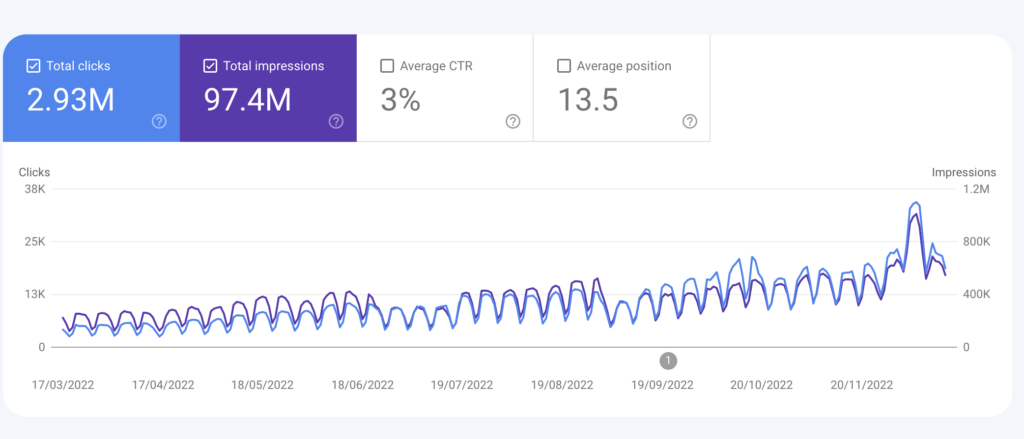
I’ve used this unique strategy to attract millions of visitors to my websites from Google.
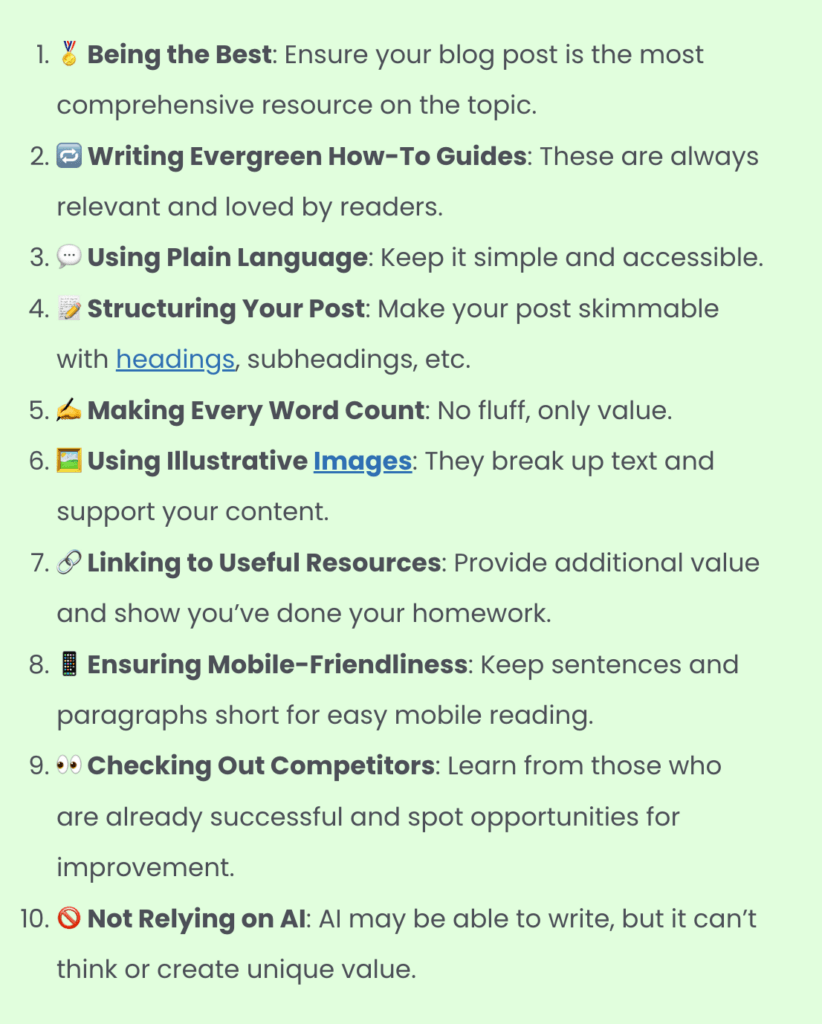
This is not your typical SEO guide.
Instead of all the technical jargon, pricey tools, or growth hacks, we’re only focusing on what actually matters. Anything that’s not included in this guide doesn’t matter.
If you’re not quite sure what SEO means, make sure to check this article first.
The best part is that this guide teaches you how to do SEO the easy way. You can start implementing these strategies on your blog right after reading this! 🙂
Let’s jump in!
By the way, I’ve also made a video version of this post!
I Almost Quit Blogging Because of SEO
I started building websites because I loved the idea of getting my voice heard and being able to provide value for people all around the world.
What would be better than just writing content for my website while laying down on my home sofa? Better yet, this would allow me to earn a side income.
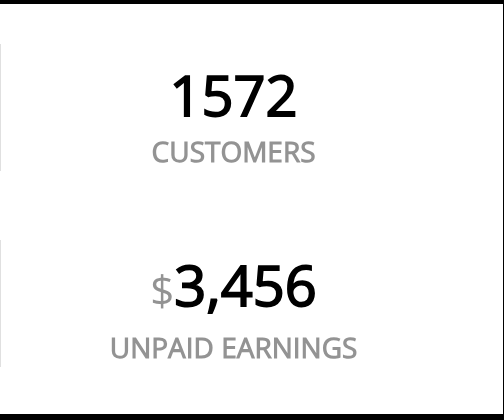
But then the “reality” hit me. I read posts where SEO gurus told me that search engine visibility is 90% about building links, implementing keyword strategies, and using expensive SEO tools.
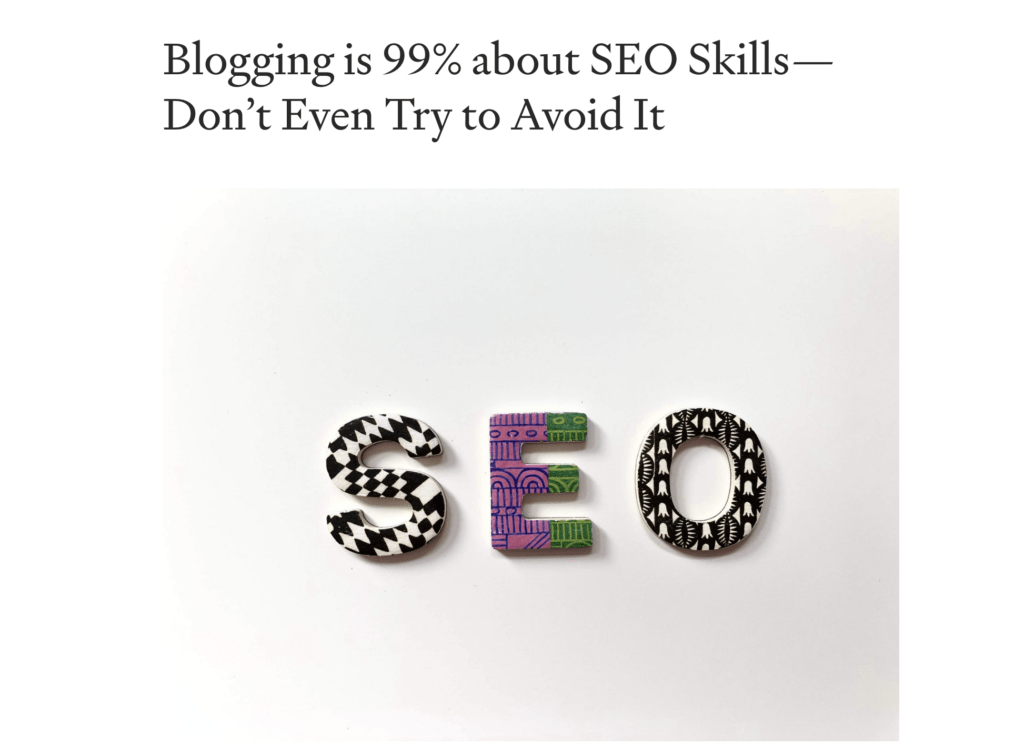
I was about to quit right then, right there.
I wasn’t interested in learning yet another technical skill that would take years to master.
But I decided not to listen to the SEO advice as it didn’t really make sense to me.
I wanted to see if it’s possible to build blogs without worrying about SEO.
Two years later, I’ve used my “SEO-free” strategy to build multiple profitable blogs that have been read by more than 5,000,000 people.
Today, I’ll reveal my simple and non-technical strategy for ranking high on search results.
What Makes Websites Rank High?
For a website to rank high, it needs two things:
- Google considers the site an expert on the topic.
- Google considers a page the best answer to a search.
Now, there are two and only two things that a website can do to get there.
#1 Cover the Entire Niche
When it comes to ranking high on search results, your website needs to have “the loudest voice in the room”.
Google needs to consider your site one of the most credible and trustworthy websites in your topic.
In other words, it needs to cover a topic from A to Z.
But how?
By writing blog posts. Hundreds, thousands, or even tens of thousands of blog posts that relate to your niche.
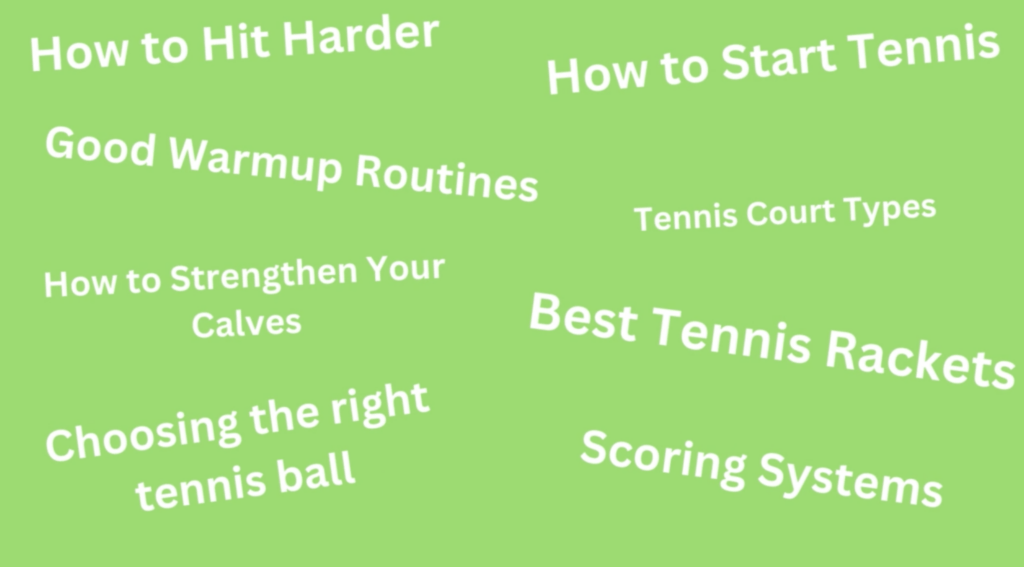
For example, if you have a tennis business and want to rank high on search results for “Tennis Shoes”, you can’t just write a post or page about “Tennis Shoes”.

Instead, you need to cover tennis from A to Z with hundreds or thousands of blog posts for Google to trust your site.

And there’s no way around this.
Back in the day, you could trick Google with some SEO strategies, such as link building, keyword stuffing, LSI keywords, and so on.
But these days, Google is miles ahead of us and can easily spot (and penalize) these strategies.
#2 Make Every Post the Best
So, blog posts are the key to having success in search results. It’s the cornerstone of SEO.
But it’s not just enough to quickly put together a random blog post.
Instead, each blog post should be like a micro business. It needs to solve a problem — in a better way than anyone else has done on the entire internet.
So basically, SEO is all about writing a ton of quality blog posts for your site.
But how do you actually write those posts?
Let me show you!
How to Write a Blog Post That Ranks?
This is a step-by-step guide for writing posts that rank high on search results.
#1 Find a Topic
Before writing a blog post, you need to find a topic.
It can’t just be a random topic but instead, something that people actually care about.
So you’re not coming up with the blog post topics yourself. Instead, you’re going to use free data to see what people are actually searching for in your niche.
To find an epic blog post topic, there are 4 simple things you can do:
1) Use Google search suggestions.
Open up Google and type in something related to your niche.
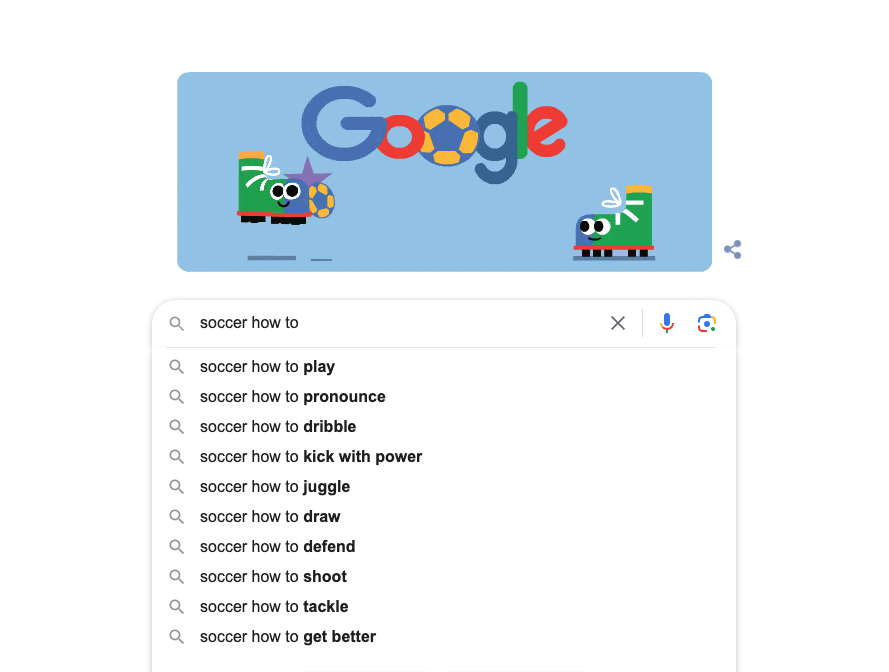
These suggestions are based on Google’s data and suggest that people are searching for those in the masses.
These make good blog post topics.
Remember to change the titles to be what they actually should be.
So instead of “Soccer how to play”, your post should be “How to play soccer”—just as expected.
2) See “People also ask”.
Google something related to your niche and see the “People also ask” section.
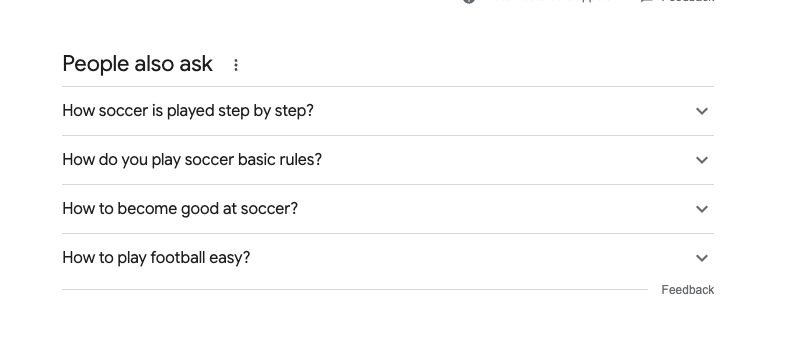
These are not only great blog topic candidates but also great subheadings for your blog post.
3) Check the “Related searches”
Similar to “People also ask”, scroll the Google search results down until you see “Related searches”.
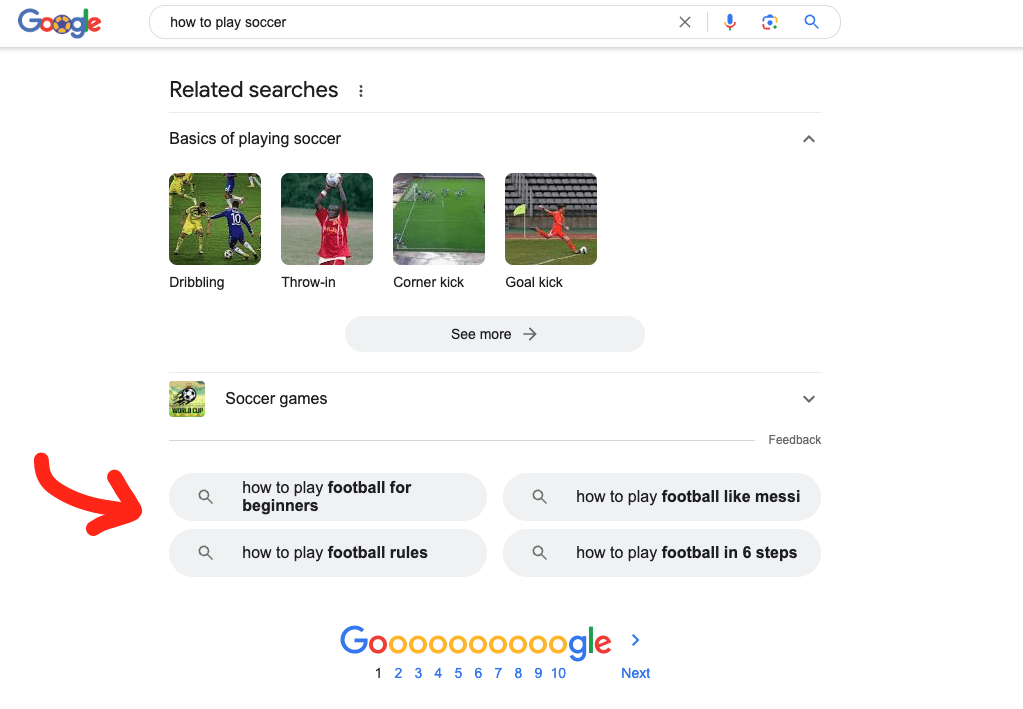
These are once again great blog post topic candidates or subheading ideas.
4) Find topics from your competitor’s blog
One of my favorite ways to find blog post topics is by checking my competitors’ blogs.
This way I don’t even need to bother doing the research as my competitors have already done it for me.
If you do this, just remember that not all topics are worth writing. Only choose topics that clearly answer questions in your niche.
Tip: For most of the websites, you can see all the blog posts in one place by visiting the sitemap of the site. This is usually located at /sitemap.xml.
So for example, if your competitor’s site is example.com, you can find all their blog posts from example.com/sitemap.xml.
#2 Check the Competition
Once you’ve chosen a blog post topic, it’s time to learn what it takes to rank high for it.
This depends on the topic and niche… but is super easy to find out.
Just Google your topic, and open up 5–10 top search results.
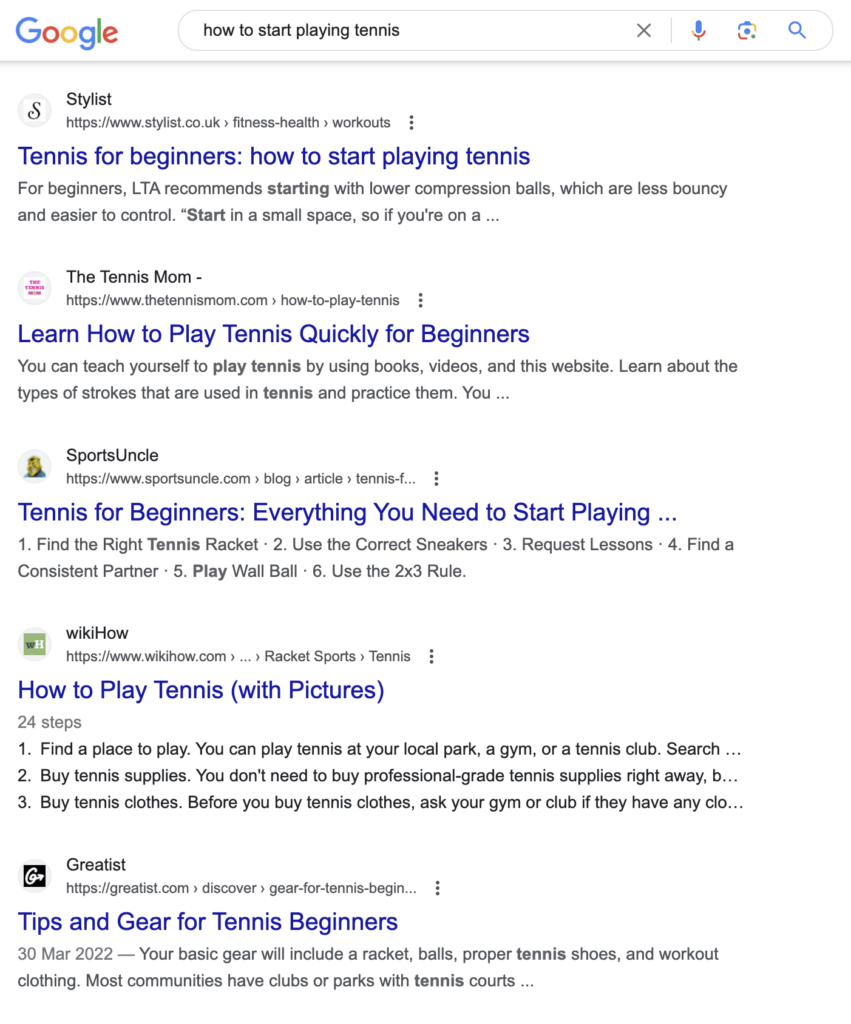
This shows you valuable, free data.
The top-ranking posts are what Google considers the best result for the search.
Just use those posts as your blueprint.
If every blog post (for some reason) has a yellow background, your post should have a yellow background too.
And don’t forget to be better than those top results.
Naively speaking, if there’s a blog post that has 3,000 words and 20 images, you should write a post that’s 5,000 words and has 40 images.
Make sure you write the best piece of content about your topic on the internet.
#3 Write the Talking Points
Next, let’s start taking steps towards writing the post.
Before writing, lay down the talking points of your blog post as subheadings.
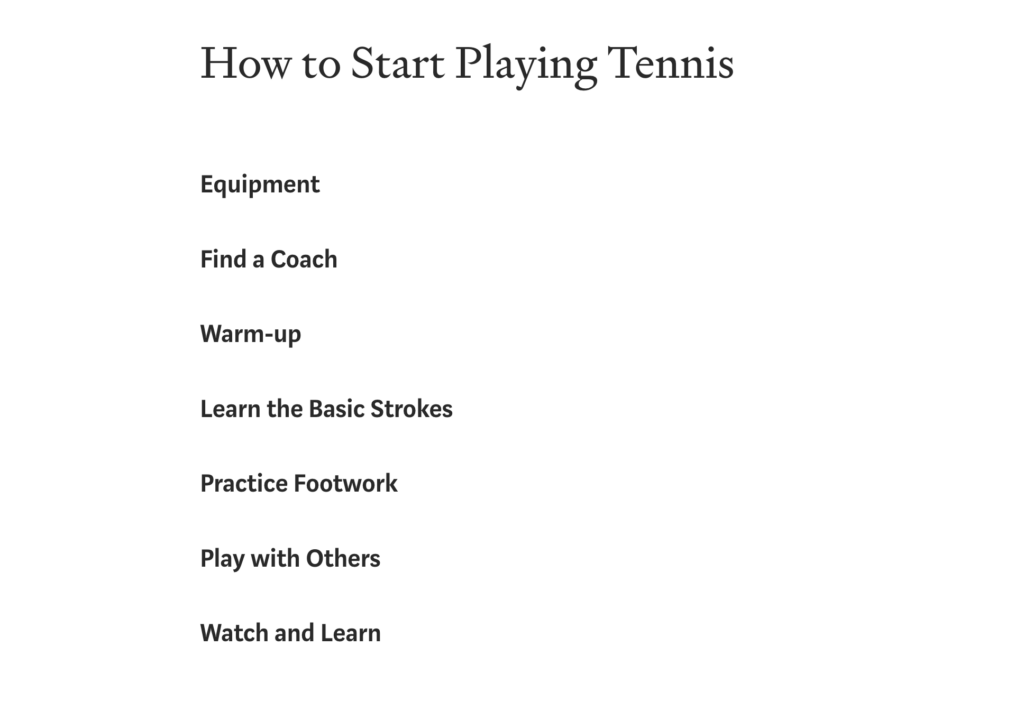
One thing I recommend doing right off the bat is to turn your post into a listicle. In other words, make it a list of something.
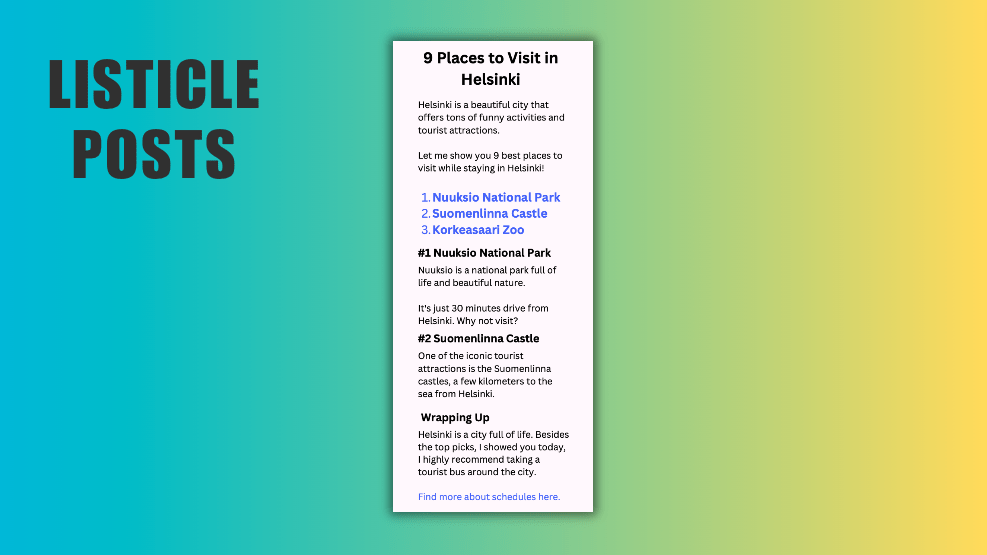
For example, instead of “How to Start Playing Tennis”, make it “7 Steps for Starting Tennis”.
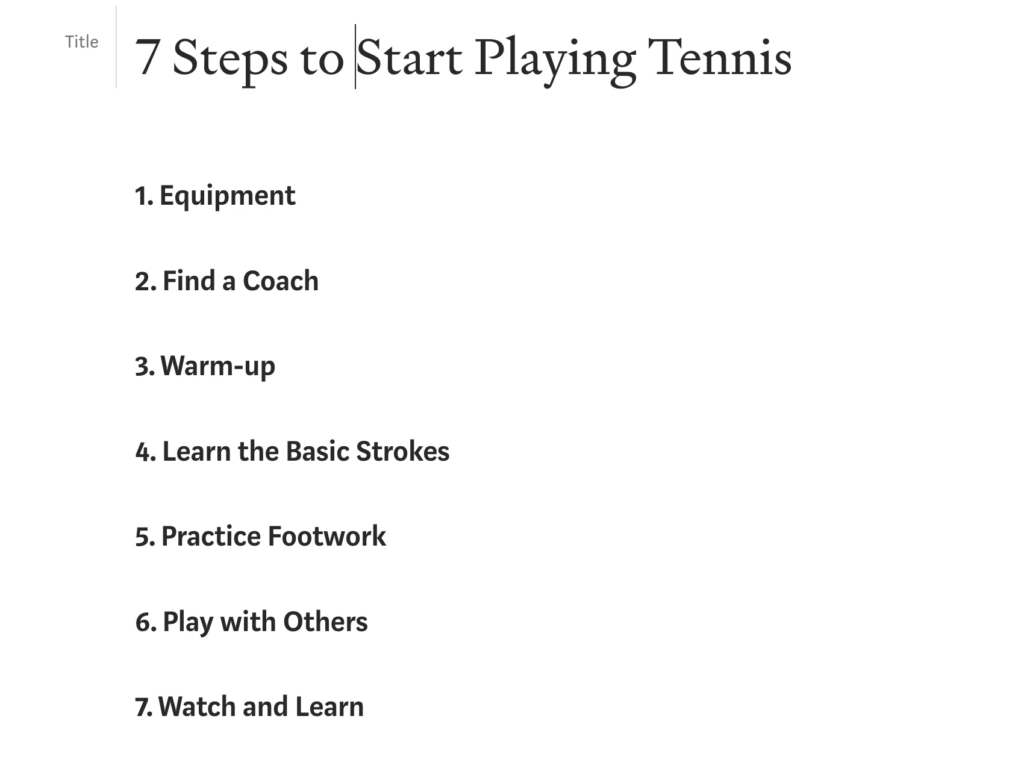
A listicle form benefits both readers and writers.
Readers love numbers.
If you write an actionable post of 15 tips, that’s much more appealing than reading a 3,000-word chunk of text with no clear structure.
For writers, it’s also easier to write a 2,000-word post that’s split into smaller sub-posts than to write a 2,000-word wall of text.
#4 Write the Post
With the talking points in place, it’s time to write those out. Here are things to keep in mind while writing.
1) Write short paragraphs
Write at most 2–3 sentences per paragraph.
This is to avoid the wall-of-text effect on mobile devices.
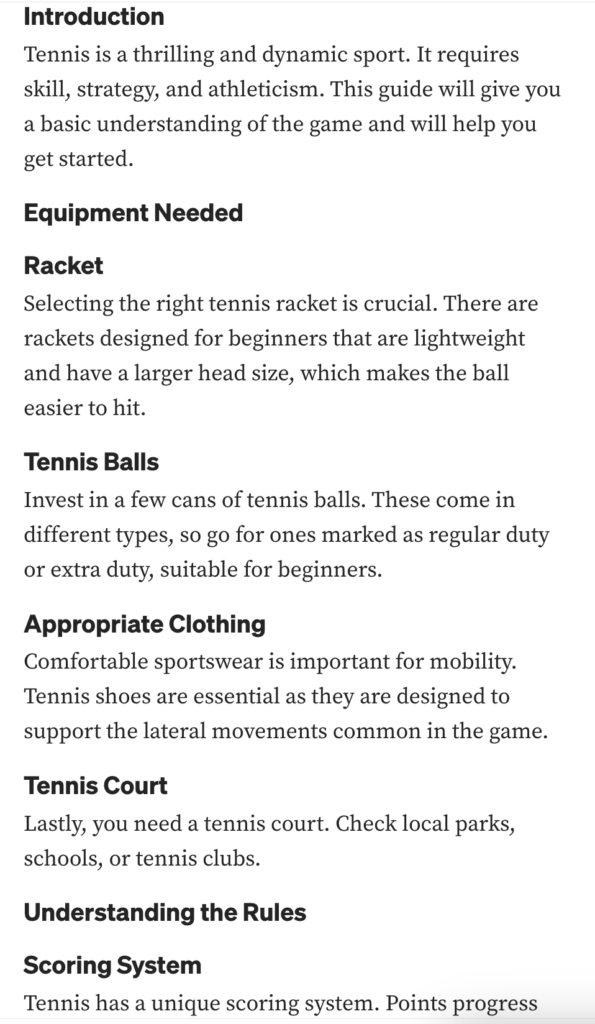
2) Use simple language
Write for an eighth grader.
The simpler language, the happier your visitors.
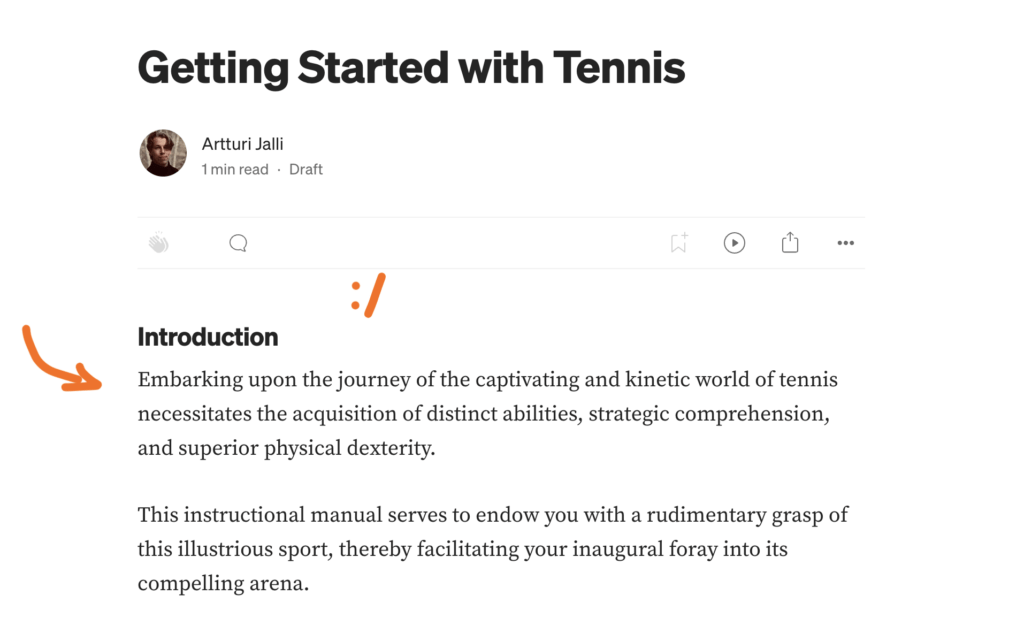
Don’t try to outsmart your readers. Solve their problem as quickly and easily as possible.
By using complex language, you’re just driving your visitors away!
3) Make every word count
If a sentence doesn’t contribute to delivering your message, leave it out.
4) Add images
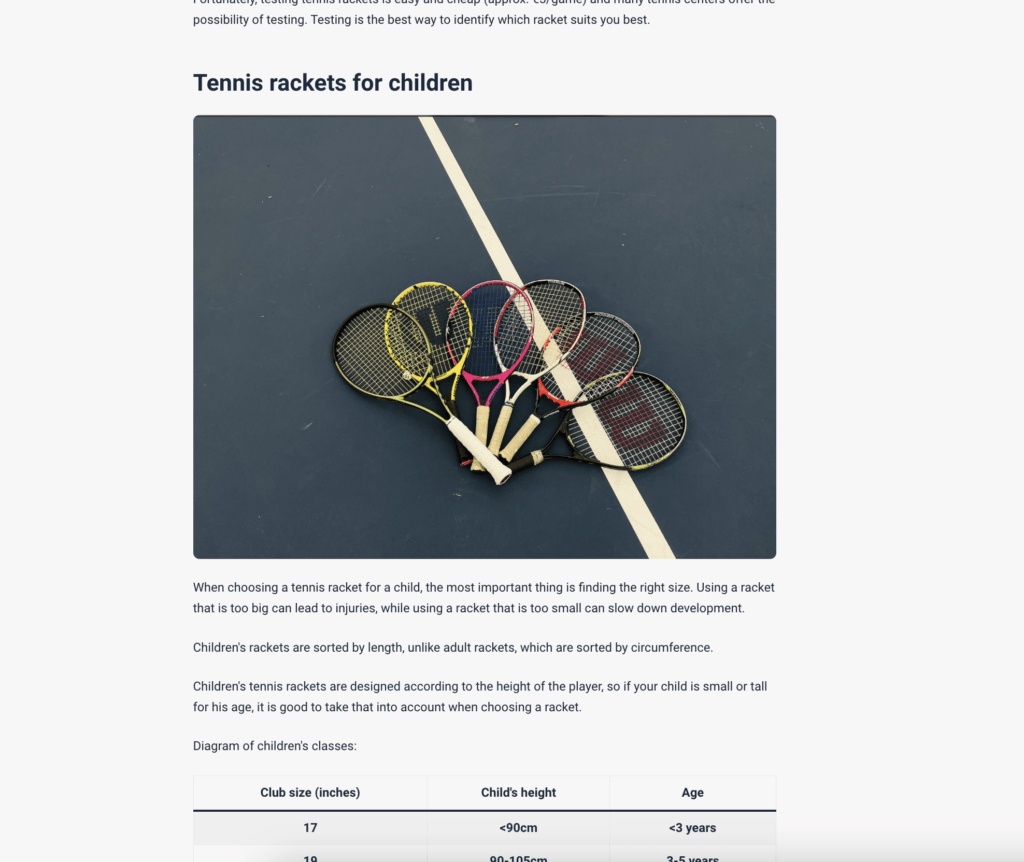
Use your mobile device camera to capture supporting images to help deliver your message.
Add an image for roughly every 100 words.
Don’t reuse images from stock libraries unless you absolutely have to.
Those amateurish images are authentic. After all, your blog post is almost like a message from a friend who tries to solve a problem.
An image that’s clearly taken by you is the best!
I mean look at this set of images I took of myself holding a disc golf disc:
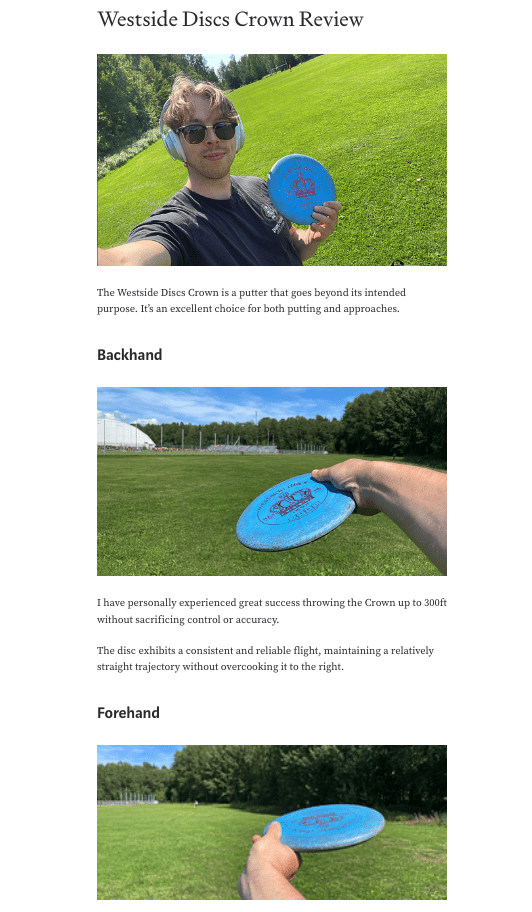
You can instantly tell that this is a genuine review and those images are mine. And that’s the whole point of it.
I’m trying to be as real and helpful as possible.
If I just used a generic stock image, that would seem like I’ve just put together the post as quickly as possible and tried to hide the fact that I know nothing about the topic.
5) Specify Alt texts to images
Alt texts describe the images for people that cannot see them that use screen readers.
I highly recommend checking my post on How to Use Images in Blogs to learn more.
6) Add links
To back up facts, add links to trusted resources.
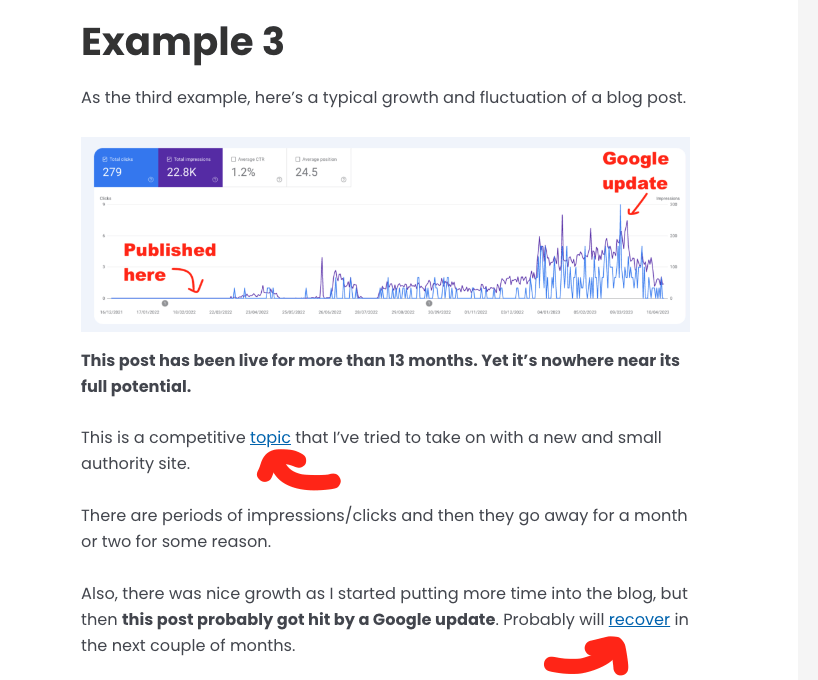
Also, if you’ve covered a related topic, make sure to recommend it to your readers to keep them on your site the longest.
7) Create a compelling title
The title is an important factor in your blog post’s performance. It’s the first thing that people see when scrolling through the search engine results pages (SERPs).

Write a title in which:
- Every word starts with a capital letter
- There are numbers
- There are strong adjectives to capture the audience
Also, make sure the title is short and concise and that it well describes what this post is about.
👎 Here’s a bad title: “How to play Tennis”
👍 Here’s a good title: “Tennis 101: Play & Practice Like a Pro (in 2023)”
8) Write a title and conclusion
I think it’s easiest to write an introduction after you’ve finished writing your post.
Nonetheless, make sure to include a short, concise, and audience-capturing introduction to your post.
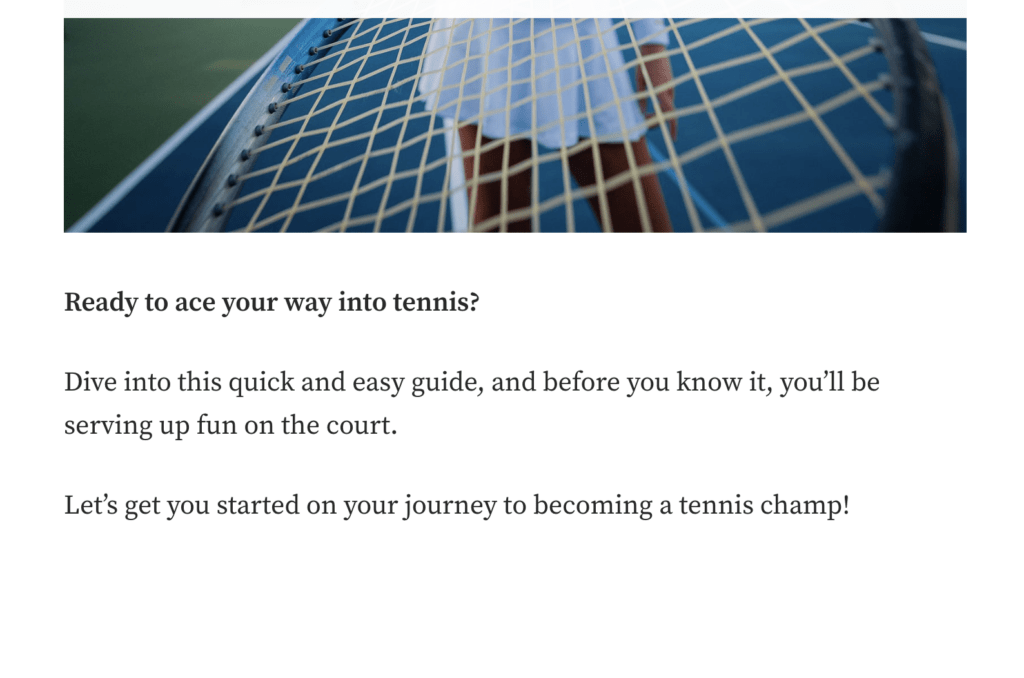
Convince the visitor that they’ve come to the right place.
Also, end your blog post with a conclusion that briefly recaps everything. This helps people that just quickly skim through and use the conclusion as their way to briefly learn the main points of the post.
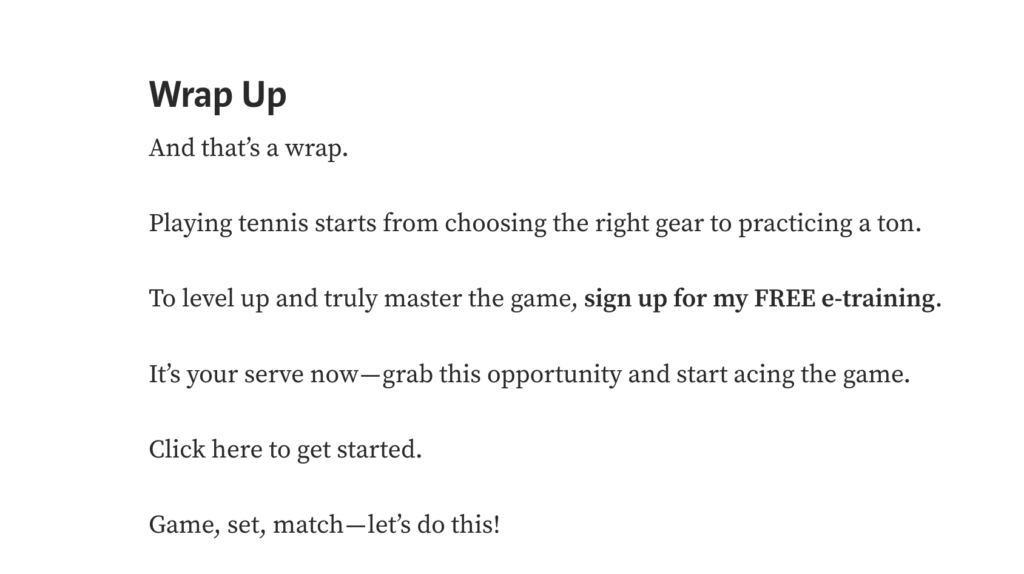
Also, don’t forget to include a call to action in the conclusion. You can for example suggest further reading or ask them to sign up for a newsletter.
And that’s really the technical or manual part of writing a blog post. But there are still two important things to consider before calling it a day, so let’s continue with the checklist.
#6 Always Add to the Internet
Every blog post eats up space in Google results.
Google doesn’t add your post to the results if it just repeats what’s already been told.
To battle this, always add something new to the table. This can be your unique take, experience, expertise, images, examples, or whatever that’s useful for your reader.
A post that doesn’t “add to the internet” isn’t going to be successful in the long run.
#7 Write for Humans, Not for Robots
No matter what you’ve been told, always write for humans, not for robots.
Some SEO people still believe that strategic keyword placement helps you rank high on search results.
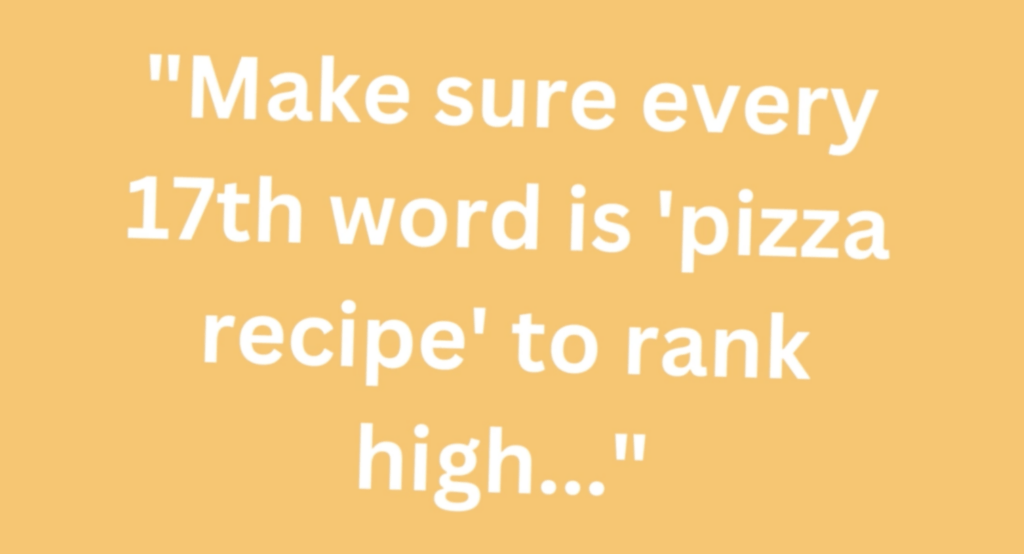
But in reality, it can only do the opposite.
These days, if you place a certain phrase in your blog post just to please search engines, they can easily figure it out and penalize your site.
The best blog post is a post that helps humans to find answers to their questions. This is why you should always write content that’s catered toward people, not for search engines.
This is what both the visitors and the search engines want.
Wrapping Up
Before you go, I wanted to say one more thing.
There’s a ton of misinformation about SEO strategies and how they help rank blog posts and web pages high on search results. You will 100% encounter this misinformation as you roam the blogging space.
But I will make it easy for you.
Before taking any actions or making changes to your website, always ask yourself “Does this directly help the visitor?”. If the answer is no, just ignore it.
Thanks for reading. Happy writing!
